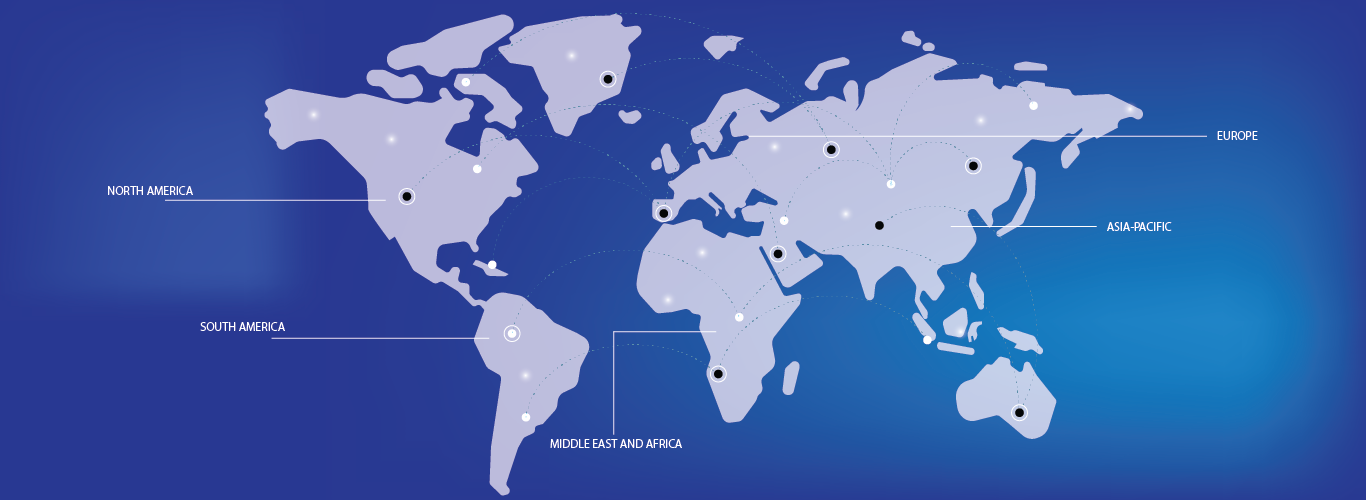The automotive headliner market is experiencing steady growth, driven by rising vehicle production, increasing consumer demand for premium interiors, and advancements in lightweight materials. Headliners, which enhance both aesthetic appeal and acoustic insulation, have become a crucial component in modern vehicles. The shift towards fuel efficiency and sustainability has prompted manufacturers to adopt lightweight composite materials, such as polyurethane, fiberglass, and recycled thermoplastics, reducing vehicle weight and improving fuel economy. In addition, OEMs and aftermarket suppliers are incorporating smart headliners with integrated lighting, ambient sensors, and noise reduction technology, elevating comfort and driving experience.
Advancements in manufacturing technologies such as 3D molding and automated lamination have enabled the production of customized, durable headliners that cater to various vehicle segments, from economy cars to luxury SUVs. Companies such as Toyota Boshoku, Lear Corporation, and Magna International are investing in eco-friendly solutions, including biodegradable headliner materials to align with sustainability goals. The electric vehicle (EV) boom has also influenced the market, with automakers designing headliners that enhance cabin aerodynamics and improve energy efficiency. With technological innovations and rising consumer expectations, the automotive headliner market is set for continuous expansion, offering lucrative opportunities for industry players.




